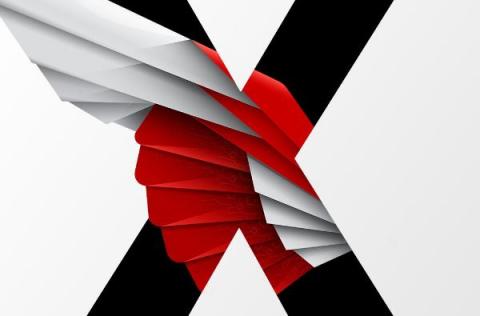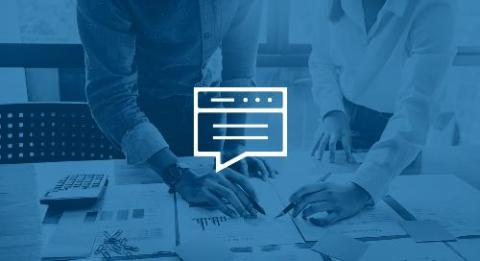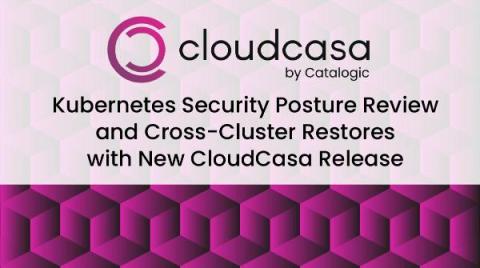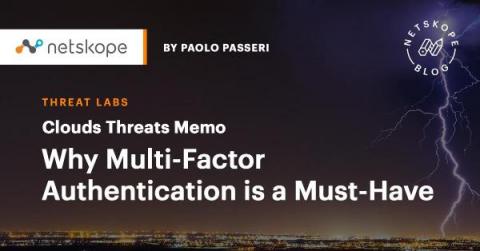Secure yourself with our digital declutter checklist
A digital declutter helps you organize your life and has the added bonus of reducing your vulnerability to common threats. But knowing where to begin can be hard – most of us leave a larger digital footprint than we realize. We’ve created a checklist to help you clear away the clutter and reap the rewards of a clean digital state.











